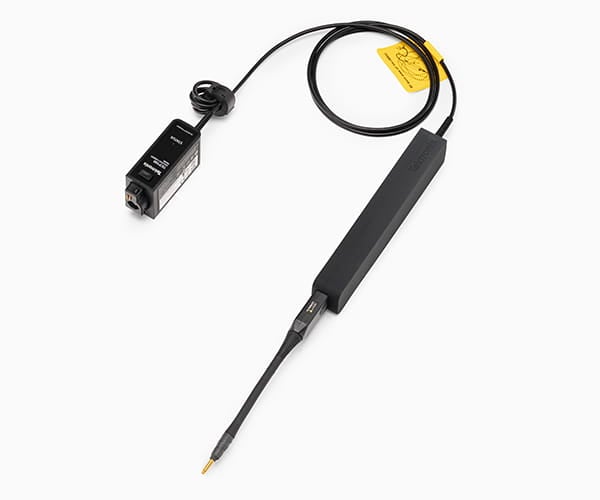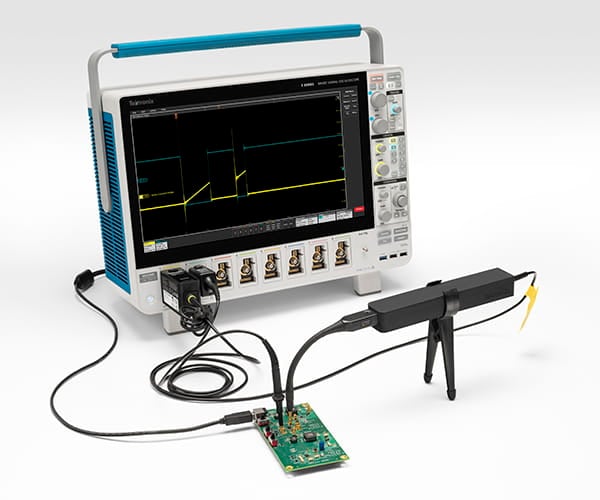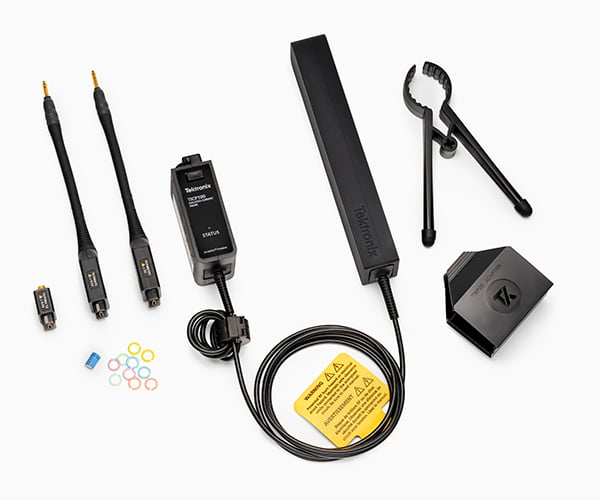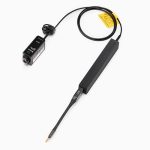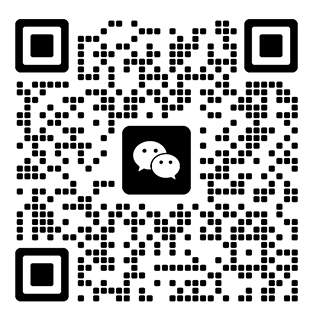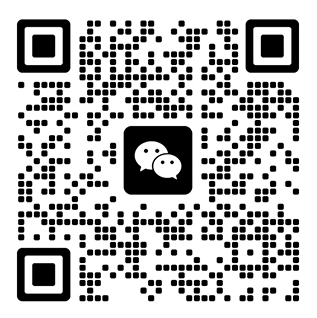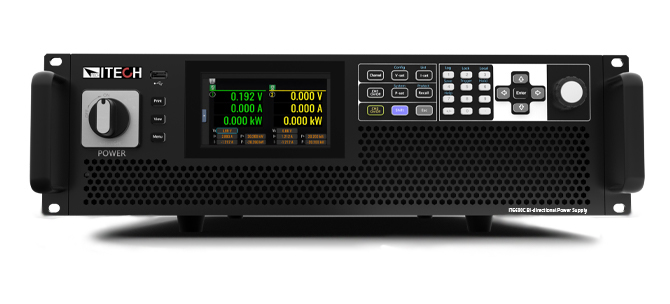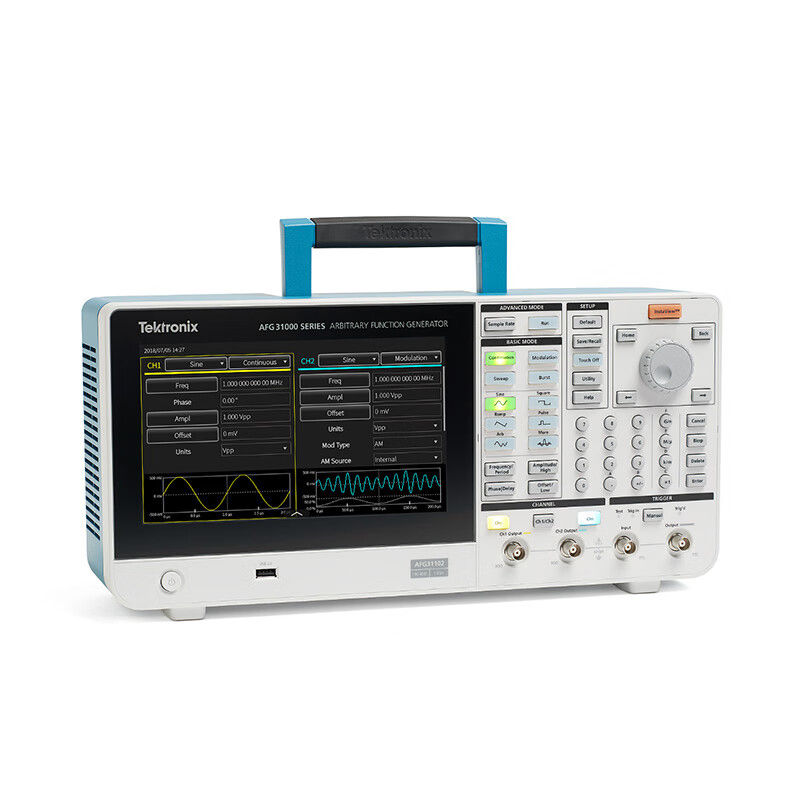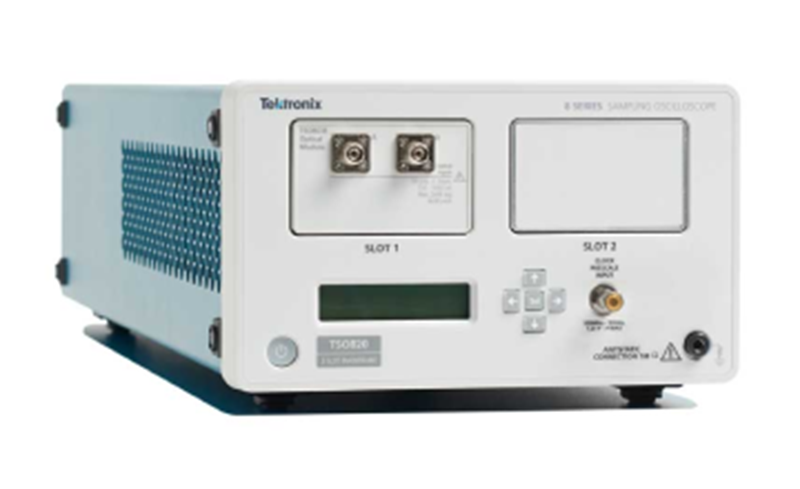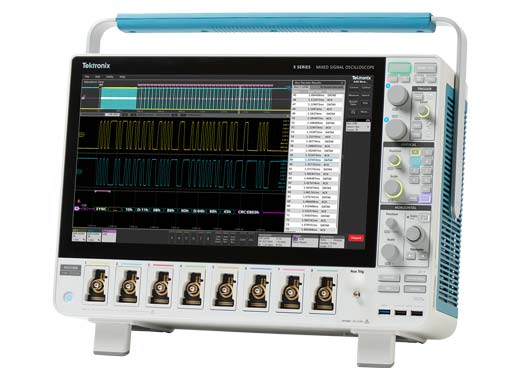Oscilloscope Current Measurement Breakthrough
TICP current probes, when paired with a high performance shunt or CVR, can measure frequencies from DC to hundreds of MHz. Three models are available to meet your different applications and budget requirements.
Complete RF isolation between the probe tip and the oscilloscope eliminates ground loops and significantly reduces common mode noise.
Low attenuation, 50 Ω input impedance and shielded terminations ensure a low noise content.
- Three bandwidths: 250 MHz, 500 MHz, 1 GHz
- Up to 90 dB CMRR at 1 MHz
- Noise component < 4.7 nV/√Hz (< 150 µV at 1 GHz)
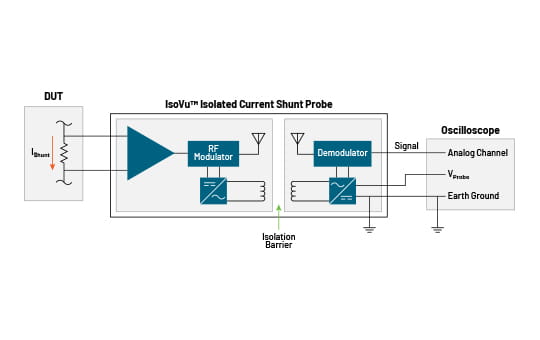
An In-Depth Look at SiC and GaN Power Converters
For measuring rapidly changing currents in wide-bandwidth switching devices, shunt probes can provide greater bandwidth than clamp-on probes.IsoVu isolation technology eliminates ground loops, enabling measurements in high-voltage circuits, and provides an extremely high common-mode rejection ratio (CMRR). This makes the TICP probes ideally suited for measuring current in shunts and CVRs on high-side SiC and GaN switching FETs.
- 250 MHz, 500 MHz, or 1 GHz bandwidths
- 1800 VRMScommon-mode voltage (electronics)
- Up to 90 dB CMRR at 1 MHz
- 1000 V CAT II safety class
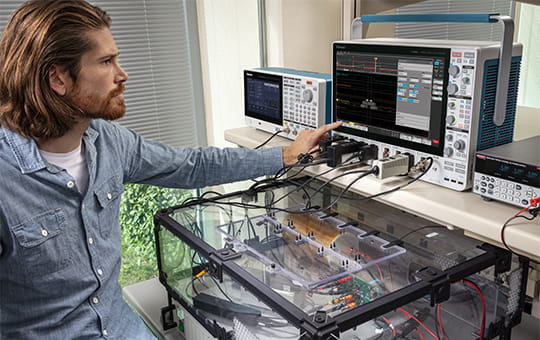
Current measurements in nanoseconds and microamps in low-power designs.
Accurately measuring low-level dynamic currents is critical to optimizing power management for IoT and mobile devices. Utilizing TICP probes and shunts in conjunction with oscilloscopes, you can view current consumption during specific system activities, as well as transitions from sleep to active states, and correlate with memory accesses and I/Os.
- Up to 1 GHz bandwidth
- Noise component < 4.7 nV/√Hz (< 150 µV at 1 GHz)
- Easy measurement of 12, 24 or 48 V or higher voltage rails
Used in conjunction with power rail probes to analyze distribution networks on multiple rails.
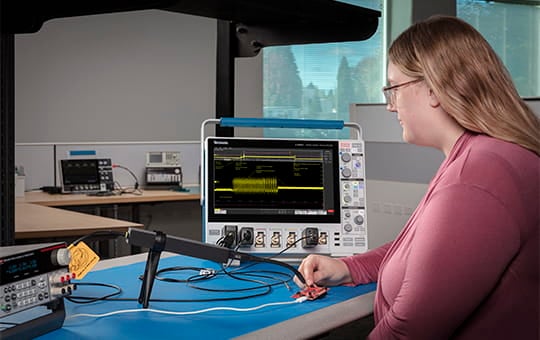
Maximizes the connection process
TICP probes and tips are designed to simplify the connection process while limiting noise. The ends are designed to bend easily, reducing stress on the connection and facilitating an easy and reliable connection to the DUT.
- End terminated in shielded high bandwidth MMCX connector
- Uses off-the-shelf SMA or BNC connector adapters
- Fits 25 mil square pins for connecting on-board shunts and test points
- Attached bipod and tripod adapter for stability
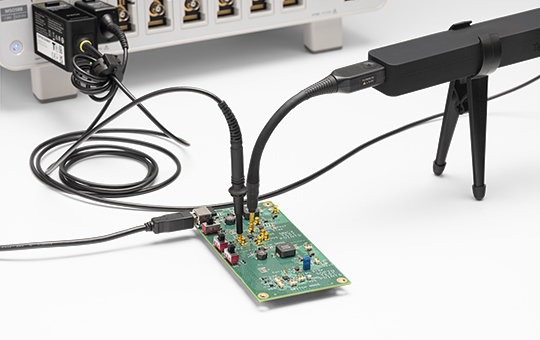
Seamless integration with 4, 5 and 6 series MSO oscilloscopes
The 4, 5, and 6 series MSO oscilloscopes are well known for their advanced power analysis capabilities.The IsoVu current probes work seamlessly with these instruments.TekVPITM The Probe Interface supplies power to the probe and automatically detects the probe and endpoints, enabling you to adjust probe parameters from the oscilloscope user interface. This also allows you to automate tests using the oscilloscope's programming commands.
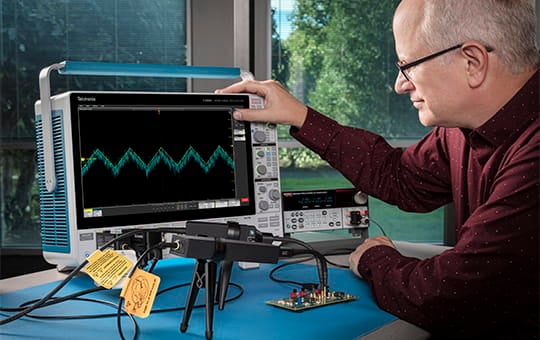
| model number | bandwidths | differential voltage | common-mode voltage (electronics) | Common mode rejection ratio | quote |
|---|---|---|---|---|---|
| TICP025 | 250 MHz | ±0.5V (1x end) | 1.8 kV Pollution class 1 | 140 dB at DC | US $11,400 |
| ±5V (10x end) | 1000 V CAT II | 90 dB at 1 MHz (1x end) | |||
| ±50V (100x end) | |||||
| TICP050 | 500 MHz | ±0.5V (1x end) | 1.8 kV Pollution class 1 | 140 dB at DC | US $13,800 |
| ±5V (10x end) | 1000 V CAT II | 90 dB at 1 MHz (1x end) | |||
| ±50V (100x end) | |||||
| TICP100 | 1 GHz | ±0.5V (1x end) | 1.8 kV Pollution class 1 | 140 dB at DC | US $16,400 |
| ±5V (10x end) | 1000 V CAT II | 90 dB at 1 MHz (1x end) | |||
| ±50V (100x end) |
 Comprehensive test and measurement service provider-Shenzhen Weike Electronic Technology Co.
Comprehensive test and measurement service provider-Shenzhen Weike Electronic Technology Co.
